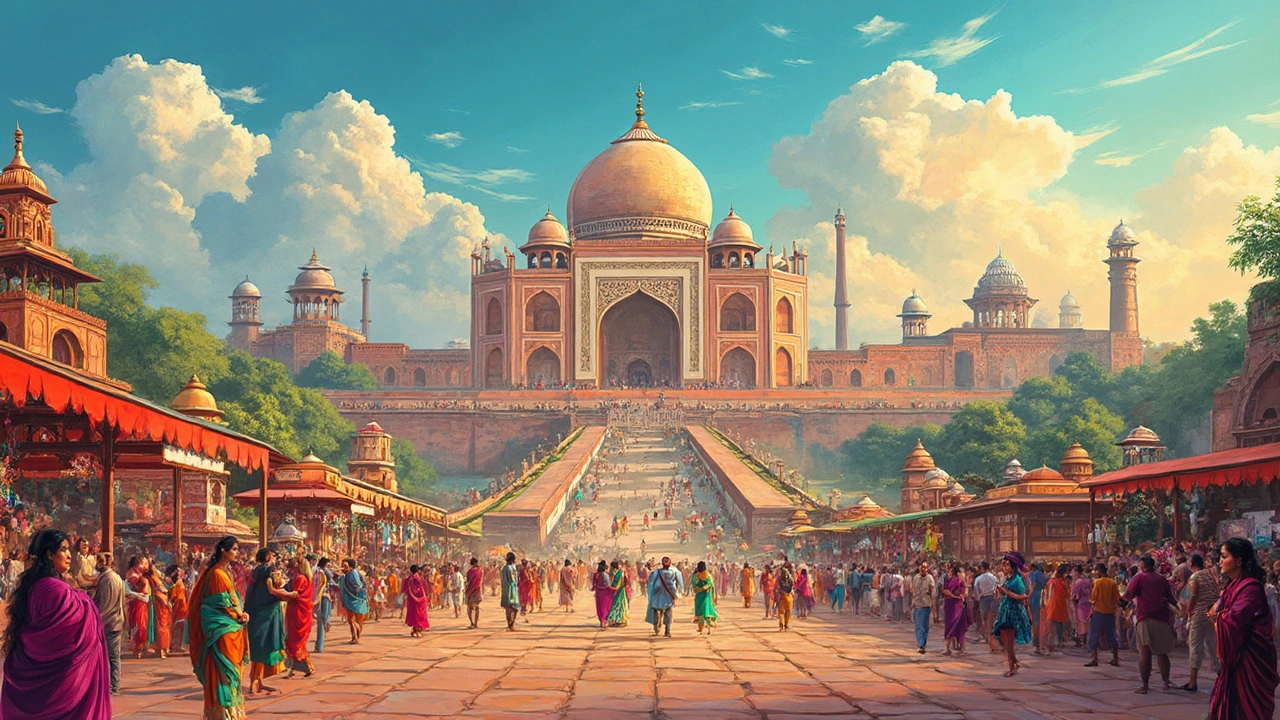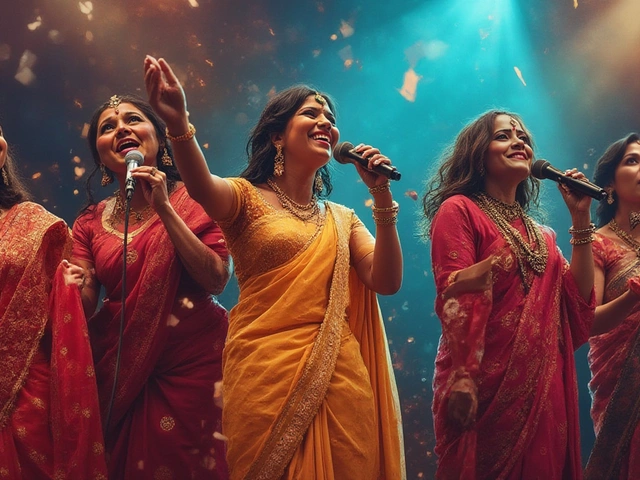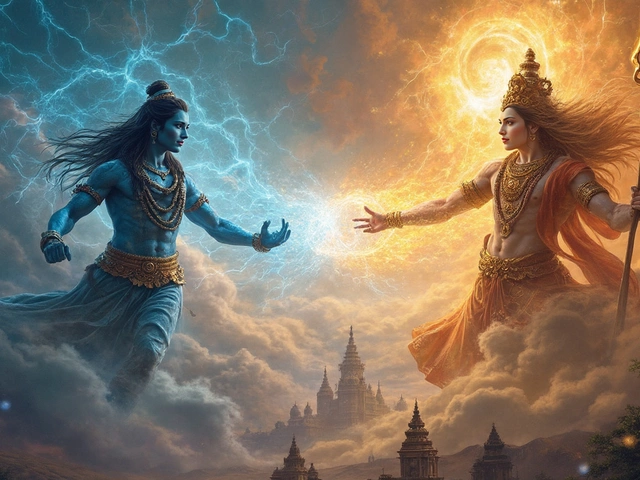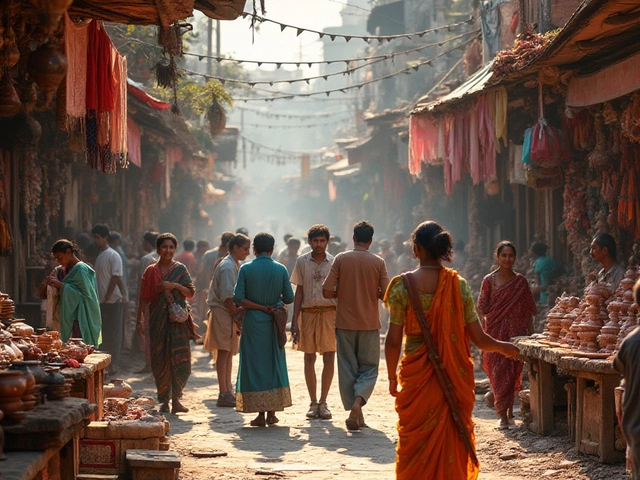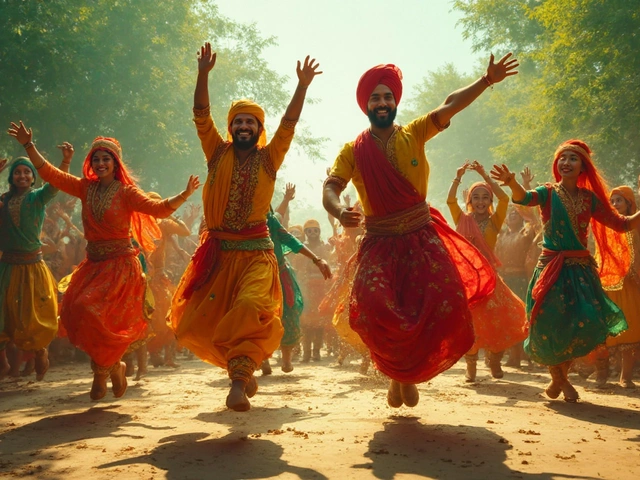India Diversity: Explore the Real Tapestry of Cultures, Languages, and Traditions
When you hear India diversity, the vast and layered cultural, linguistic, and regional differences across the Indian subcontinent. Also known as India's pluralism, it isn’t just a buzzword—it’s the heartbeat of everyday life here. This isn’t a country with one culture tucked under a single flag. It’s a living mosaic where a farmer in Punjab speaks Punjabi, eats roti with sarson ka saag, and celebrates Lohri, while a fisherwoman in Kerala chants prayers in Malayalam, wears a mundu, and lights lamps for Onam—all in the same week.
Indian cultural zones, the four broad regional groupings—North, South, East, and West—that define language, food, dress, and festivals. These zones aren’t just maps on a wall. They’re real boundaries shaped by history, geography, and centuries of local identity. In the North, you’ll find Hindustani music and dhaba culture; in the South, Carnatic ragas and temple festivals that go on for days. The East brings Bihu dances and steamed rice with fish curry; the West, Gujarati thalis and Pithora wall paintings born from tribal rituals. These aren’t tourist highlights—they’re the rhythm of millions of lives.
Indian languages, over 19,500 languages and dialects spoken across the country, with 22 officially recognized. Hindi isn’t the only language. Tamil, Bengali, Telugu, Marathi, and dozens more are spoken at home, taught in schools, and sung in films. Even within states, dialects change every 50 miles. And yes, that’s why a person from Manipur might not understand a word spoken in Rajasthan—even if both are Indian. This isn’t confusion. It’s richness.
Indian festivals, hundreds of regional celebrations tied to harvests, seasons, gods, and community history. Diwali isn’t the only big one. In Tamil Nadu, it’s Pongal. In Assam, it’s Bihu. In Gujarat, it’s Navratri with Garba that lasts nine nights straight. Some are religious. Some are agricultural. Some are just about dancing in the streets with neighbors. No two states celebrate the same way—and that’s the point.
You won’t find this kind of variety anywhere else on Earth. Not in a country this size, not with this depth. India diversity isn’t about checking boxes on a census form. It’s about the woman in Odisha who weaves silk saris using a technique passed down for 400 years. It’s the boy in Nagaland who learns tribal songs before he learns English. It’s the family in Kashmir that eats haak saag every winter, just like their grandparents did.
What you’ll find below isn’t a list of random articles. It’s a curated look at how this diversity shows up—in dance, food, music, dress, art, and daily rituals. Whether you’re curious why Tamil Nadu feels so different from Gujarat, or why yoga is practiced differently in Varanasi than in Chennai, you’ll find real answers here. No stereotypes. No generalizations. Just the truth, as lived by millions.
